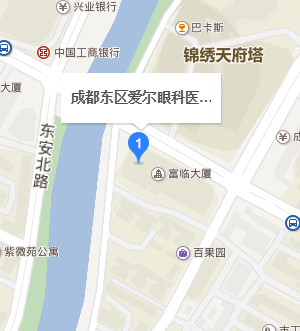
In Chinese literature, watery eyes of females often imply a graceful and restrained beauty. However, excessive tearing may actually suggest you need a visit to an eye doctor.
Tearing eye may be caused by increased tear production or decreased nasolacrimal drainage. The tear production is increased in the case of conjunctival or corneal irritation, such as corneal abrasion, corneal ulcer, corneal foreign body, Keratitis or with primary angle-closure glaucoma or anterior uveitis present with eye symptoms other than tearing (eg, eye pain, redness). Allergic rhinitis, allergic conjunctivitis, Dry eyes (reflex tearing produced in response to dryness of the ocular surface) and Trichiasis are also causes for excessive tearing. Specific reason for increased tearing production will be detected through examination and treated.
The other causes for tearing eyes are nasolacrimal drainage stricture or obstruction, which can be caused by the following:
• Burns
• Chemotherapy drugs
• Eye drops (particularly echothiophate iodide, epinephrine, and pilocarpine)
• Infection, including canaliculitis (eg, caused by Staphylococcus aureus,Actinomyces,Streptococcus,Pseudomonas, herpes zoster virus, herpes simplex conjunctivitis, infectious mononucleosis, human papillomavirus, Ascaris, leprosy, TB)
• Inflammatory disorders (sarcoidosis, granulomatosis with polyangiitis [formerly called Wegener granulomatosis])
• Injuries (eg, nasoethmoid fractures; nasal, orbital, or endoscopic sinus surgery)
• Obstruction of nasal outlet despite an intact nasolacrimal system (eg, URI, allergic rhinitis, sinusitis)
• Radiation therapy
• Stevens-Johnson syndrome
• Tumors (eg, primary lacrimal sac tumors, benign papillomas, squamous and basal cell carcinoma, transitional cell carcinoma, fibrous histiocytomas, midline granuloma, lymphoma)
The following findings are of particular concern:
• Repeated, unexplained episodes of tearing
• Hard mass in or near the nasolacrimal drainage structures
Idiopathic age-related nasolacrimal duct stenosis is the most common cause of unexplained epiphora in elderly patients; however, tumors should also be considered.
A slit lamp should be used to examine the eyes. The conjunctivae and corneas are inspected for lesions, including punctate spots, and redness. The cornea is stained with fluorescein and examined. The lids are everted to detect hidden foreign bodies. The eyelids, including the lacrimal puncta, are closely inspected for foreign bodies, blepharitis, hordeola, ectropion, entropion, and trichiasis. The lacrimal sac (near the medial canthus) is palpated for warmth, tenderness, and swelling. Any swellings are palpated for consistency and to see whether pus is expressed.
Congenital nasolacrimal duct obstruction often resolves spontaneously. In patients<1 yr, manual compression of the lacrimal sac 4 or 5 times/day may relieve the distal obstruction. After 1 yr, the nasolacrimal duct may need probing with the patient under general anesthesia. If obstruction is recurrent, a temporary drainage tube may be inserted.
In acquired nasolacrimal duct obstruction irrigation of the nasolacrimal duct may be therapeutic when underlying disorders do not respond to treatment. As a last resort, a passage between the lacrimal sac and the nasal cavity can be created surgically.


